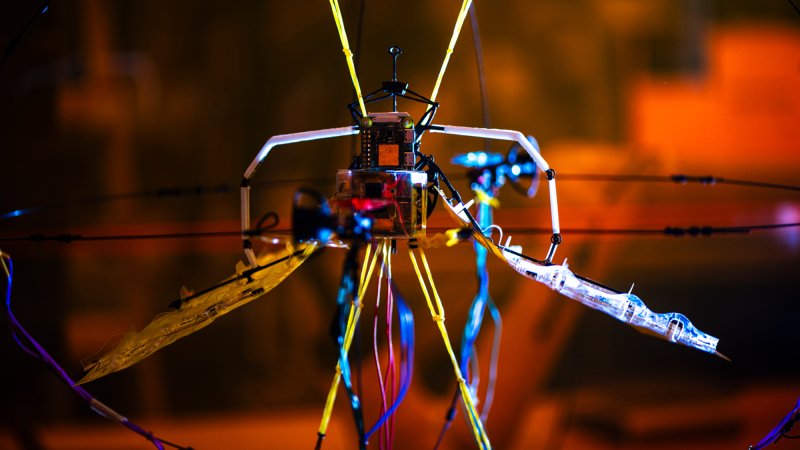Drones
From small quadcopters to delivery drones to big robotic military aircraft, this is the latest on the uncrewed aerial vehicles (UAVs) buzzing through our skies today—or arriving tomorrow.
Latest in Drones

Technology
From small quadcopters to delivery drones to big robotic military aircraft, this is the latest on the uncrewed aerial vehicles (UAVs) buzzing through our skies today—or arriving tomorrow.
Breakthroughs, discoveries, and DIY tips sent every weekday.
By signing up you agree to our Terms of Service and Privacy Policy.